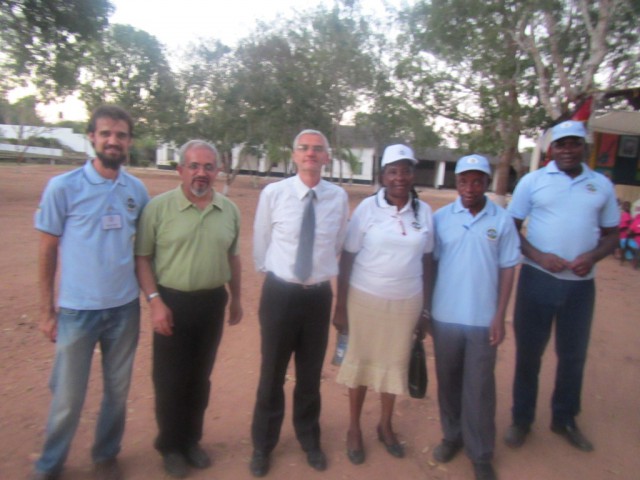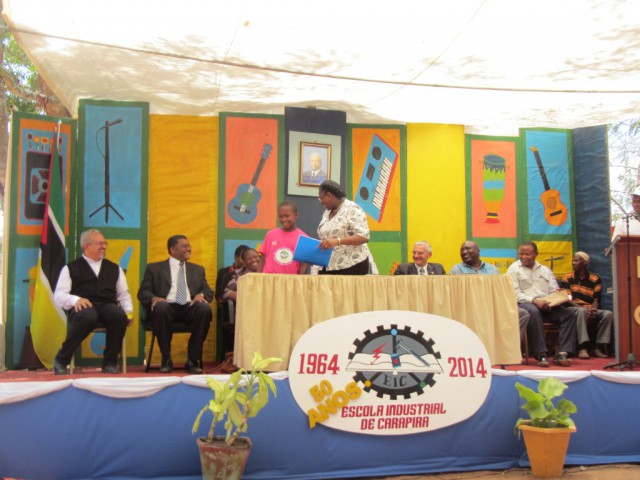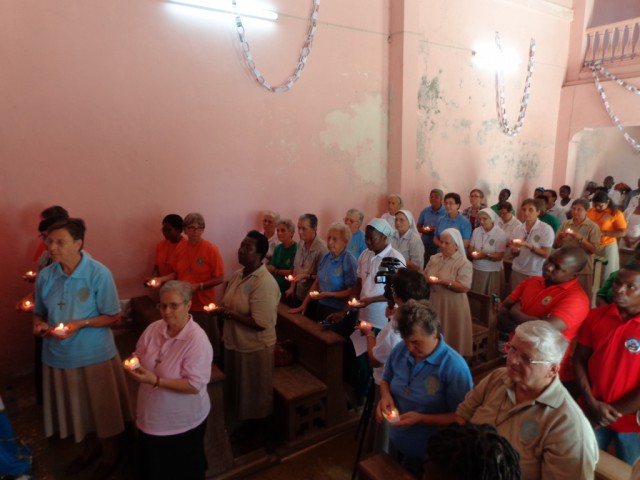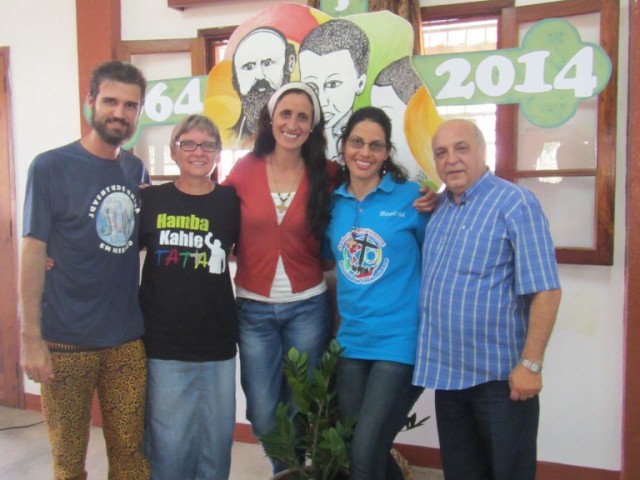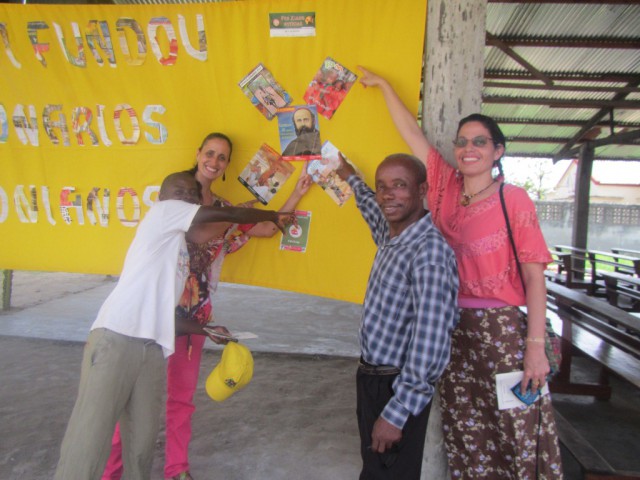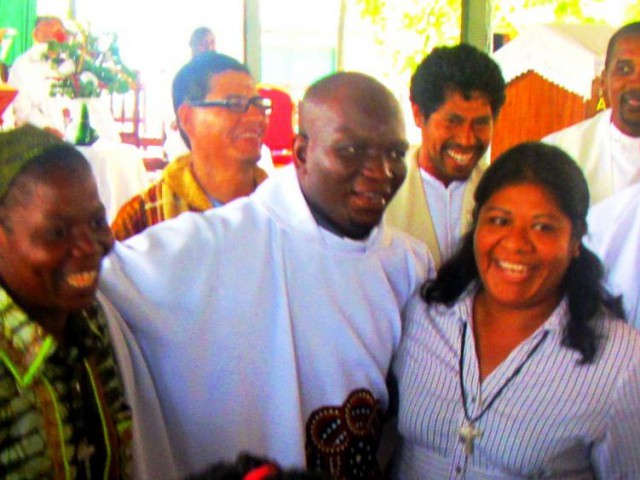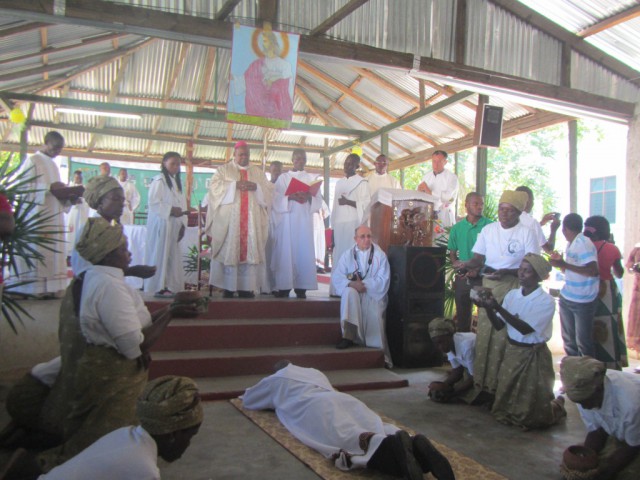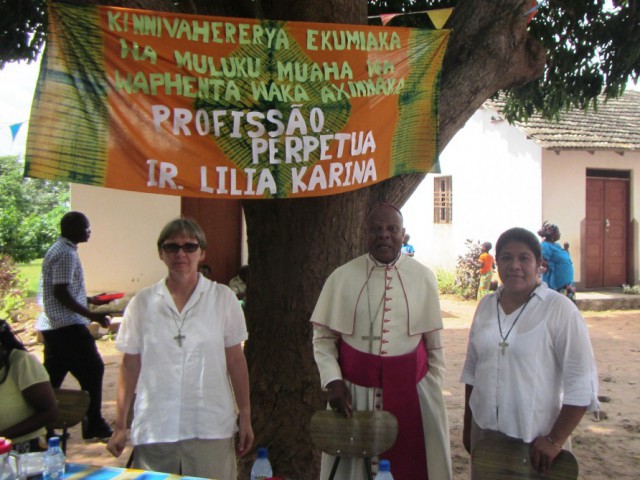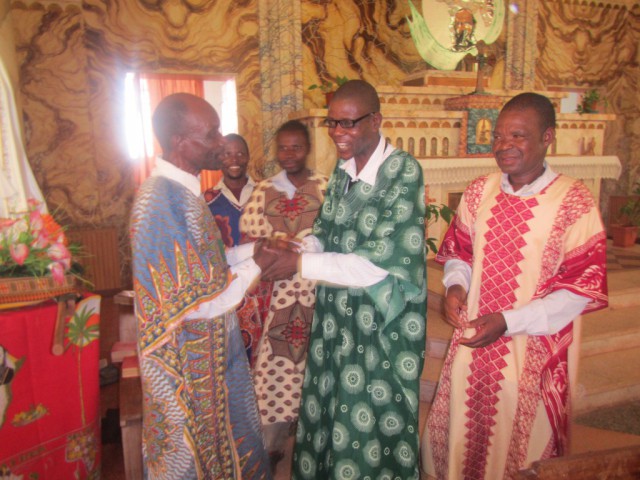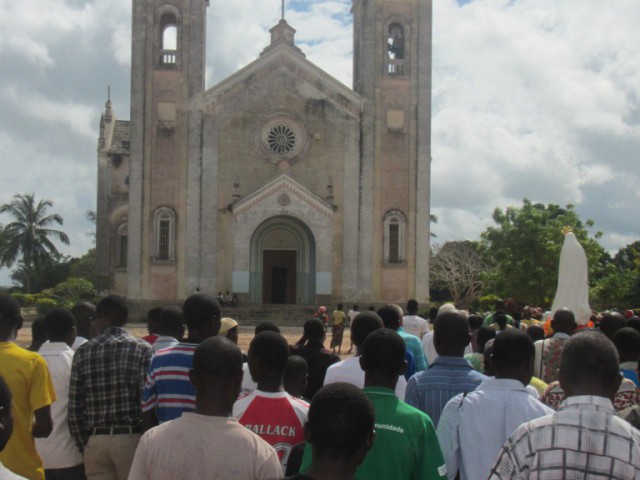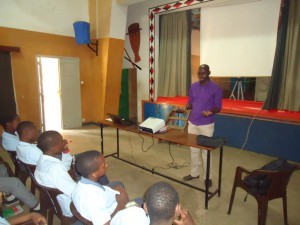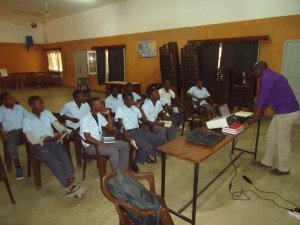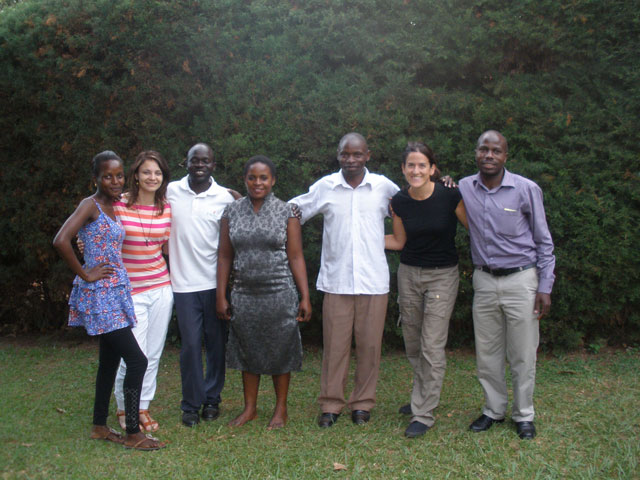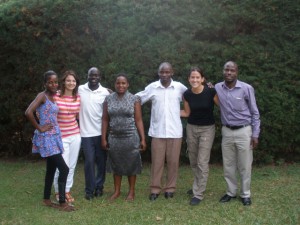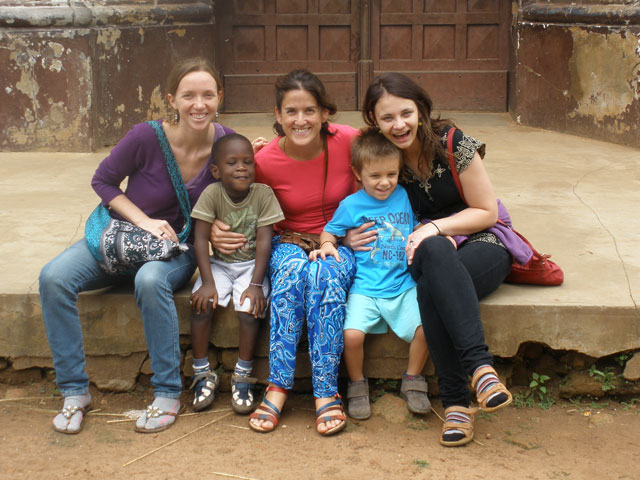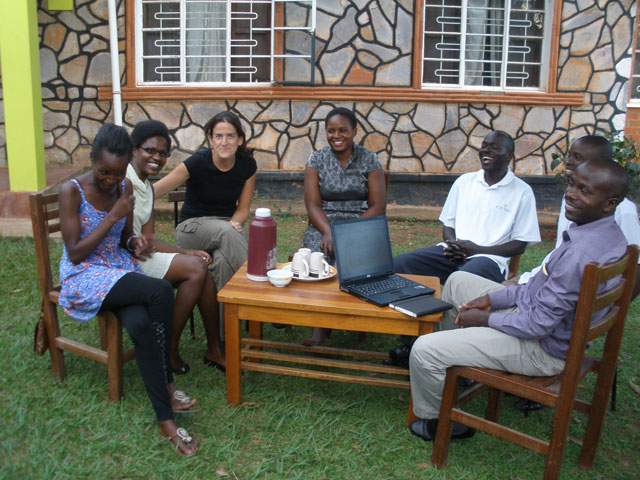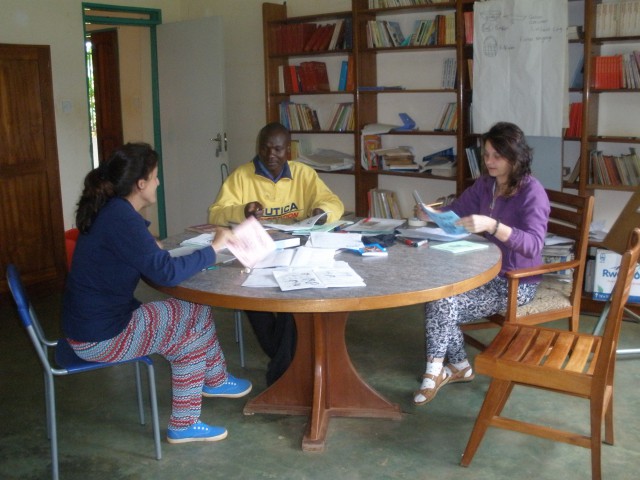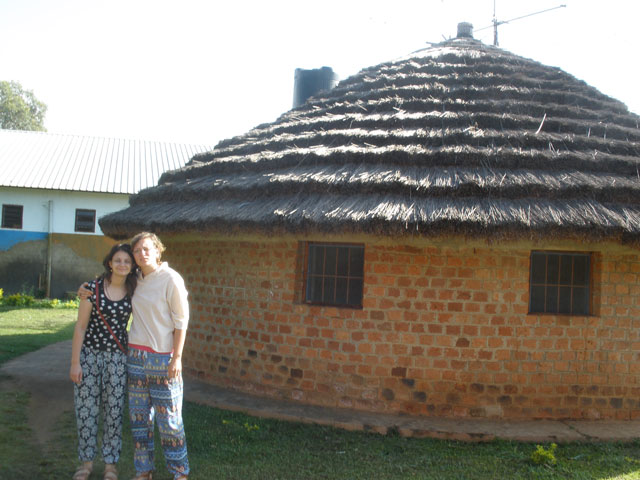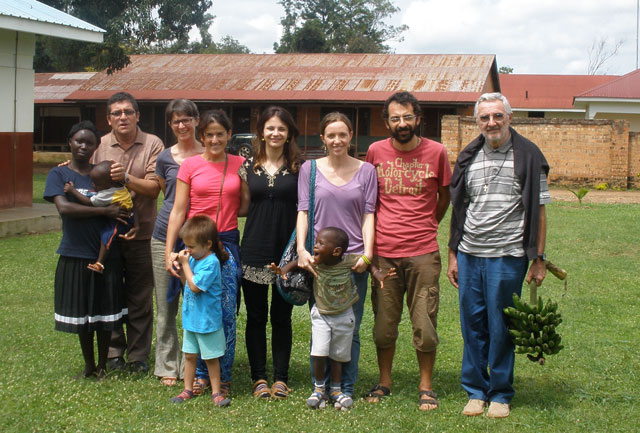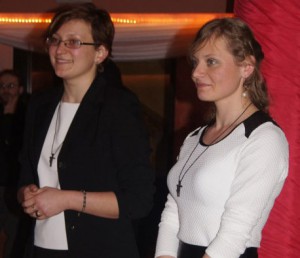There are difficult things to say, as we hear sometimes, you can only understand it if you see it. The parish of the Immaculate Heart of Mary in Carapira is celebrating a big party. We commemorate this year (2014) one hundred and fifty years of the Comboni plan for the regeneration of Africa. A plan designed to alleviate the suffering of the African people. A poor, suffering, subject to slavery people, without knowing the good news of Jesus. The dream of Daniel Comboni, that is God’s plan became reality, a reality surrounded by large difficulties but full of life and progress. One of the ways adopted to overcome these difficulties was to “Save Africa with Africa”.
Also this year we commemorate the fifty (50) anniversary from the opening of our wonderful church, the parish built by the disciples of Jesus guided by the charism of Daniel Comboni. It was very nice and charming to hear the parish history from the older members of the Christian community, from the arrival of the first missionaries, through construction and opening of the church until the present day. They will not have forgotten the times of civil war and the Comboni missionaries (men and women) with whom passed tough times, giving a significant and valuable assistance.
The Comboni Missionaries Sisters also marks 60 years making presence in Mozambique, making a tour of its history visiting the “Island of Mozambique and the Parish of Mussoril” where they had their first mission.
Also commemorate the fiftieth anniversary of the creation of the Industrial School of Carapira founded by the Comboni Missionaries, work that aims to respond to the slogan “Save Africa with Africa”. A school that, faced with many difficulties, always wagered by the formation of young Mozambicans with high technical-professional and human level to serve the people. It is within these jubilees that the parish attended the ordination of Fr José Alberto Mozambican and the religious consecration of the Mexican sister Lilia Karina, increasing the Comboni Family.
It’s wonderful the way the Comboni family – fathers, brothers, sisters and lay people (foreigners and Mozambicans) – coordinate the work of evangelization. This team works closely in the tasks that the reality set before us, also for the preparation and implementation of an event or party.
Across Africa, particularly Mozambique, the gospel is being lived by more people, thanks to the Comboni Missionaries. We thank God for this legacy.
Martinho Matrimony.




